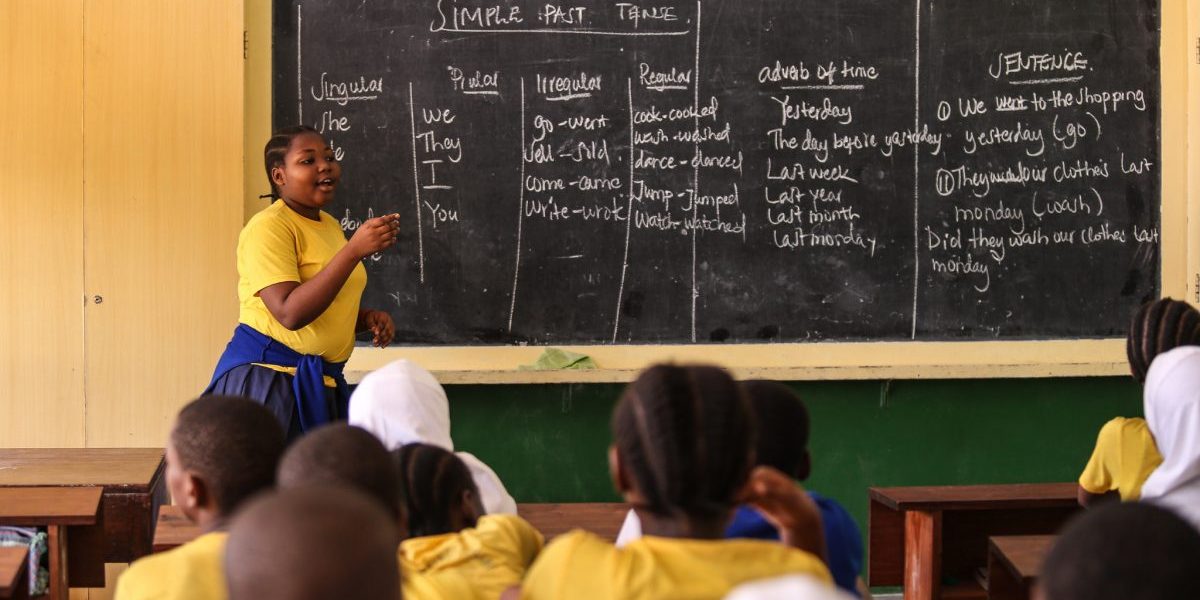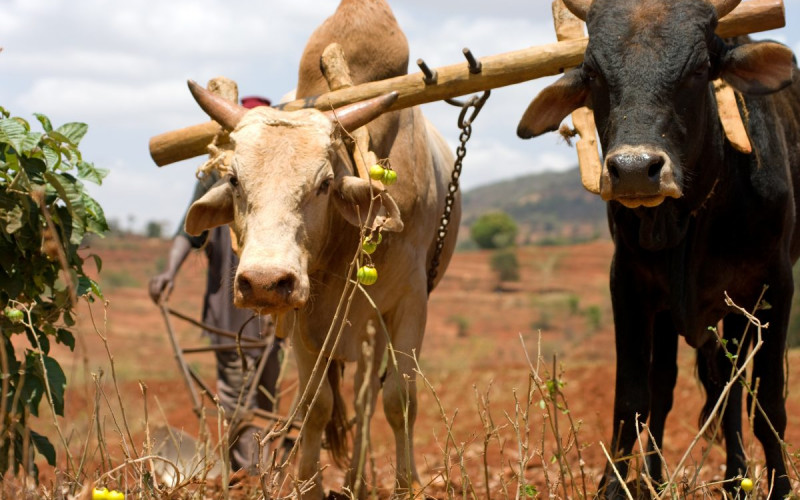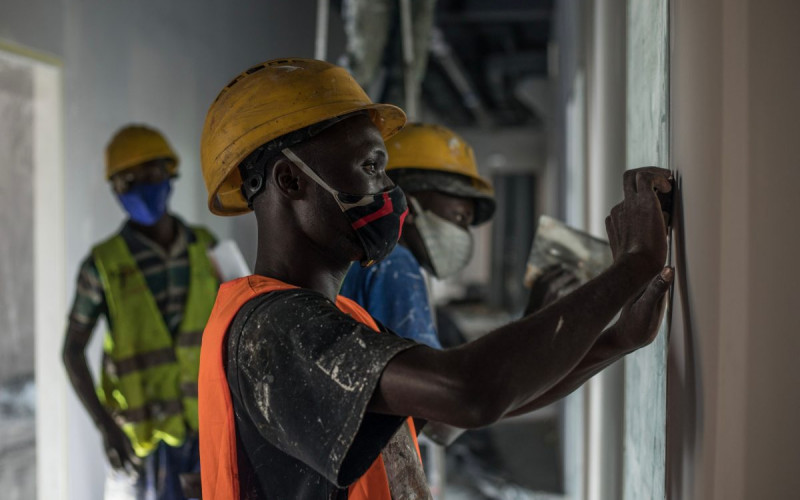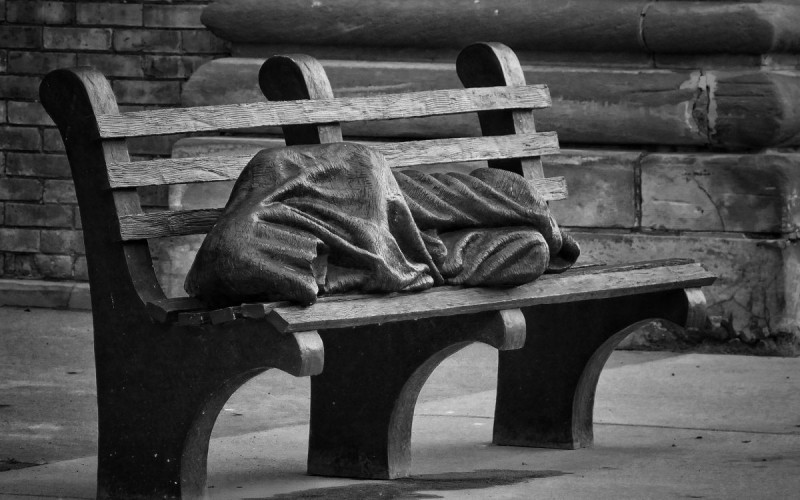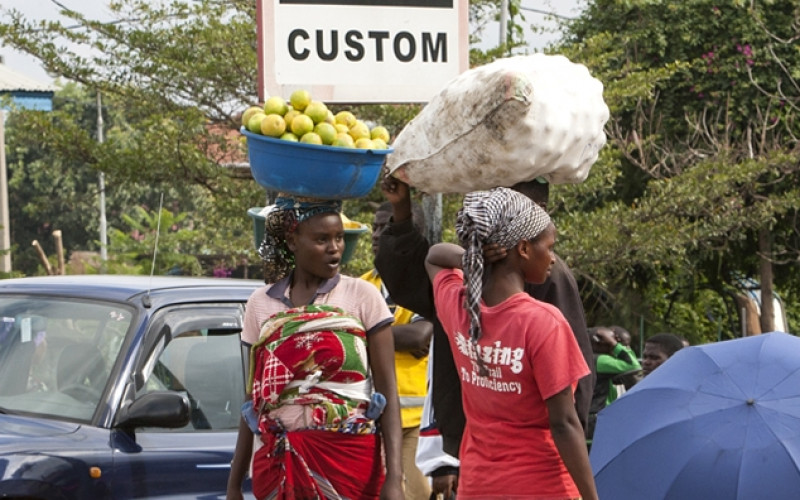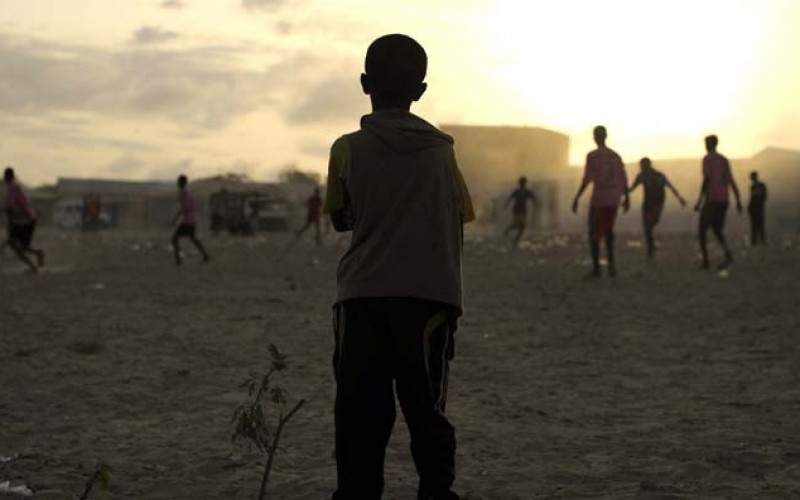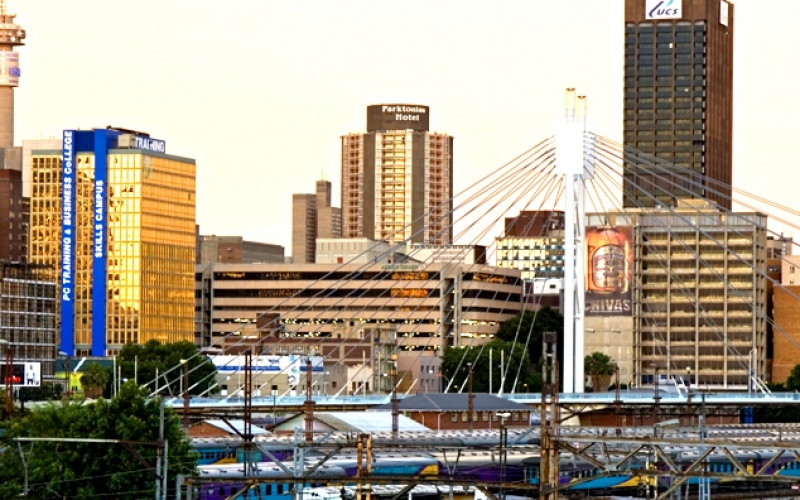To meet the demand for secondary teachers, Tanzania launched a fast-track recruiting scheme in June under which high school graduates who don’t qualify for higher education will be given a crash course in teaching and deployed to educate other high school students.
The plan originally involved just 10 days of training. After a barrage of criticism, the government expanded the crash course to four weeks. The critics aren’t impressed.
‘This approach is just crazy and makes no educational sense,’ said Kalafunja O-Saki, an expert in teaching methodology and curriculum at the University of Dar es Salaam. ‘These are pupils have just finished high school themselves. They are not even the high achievers. What kind of training can they be given in four weeks?
‘The training they are likely to get is: Who is a child? How do you teach? This is your blackboard. This is your classroom. Now go out and teach,’ O-Saki said.
An ‘Emergency Measure’
The government argues that only 3,000 teachers will graduate next year, 2,000 short of the need. Only 615 prospective teachers will go into the crash course, and only as an emergency measure. They are being trained in three colleges across the country and will be issued educators’ licences that will allow them to teach for two years. After that period they will have to further their studies at teacher training colleges. This will be partly subsidised by the government.
‘There is a need for teachers and we are addressing this need,’ Richard Chedial, deputy director for teacher education in the Education Ministry. ‘We believe that these teachers will get the training that they need and will be able to cope teaching junior secondary. Four weeks is enough just to give them the ABCs of teaching.’
Tanzania’s experience provides a cautionary tale in providing universal primary education. For decades, the country marginalised secondary education in favour of broader primary school access. It began universal primary education in 1977, well head of most other African countries, but directed only about 6% of education funding to the secondary school level. Today the country offers secondary school places to only about 7% of primary school graduates – one of the lowest rates in Africa.
But under a Secondary Education Development Programme, Tanzania plans to build 1,500 new secondary schools to boost enrolment at that level to 50% of primary school graduates. That would boost the number of secondary pupils from the current 345,000 to 2 million by the year 2009.
Critics argue that the country has a long history of such temporary quick-fixes becoming permanent, entrenching mediocrity or worse throughout the educational system.
In 1977, when the country embarked on its drive to achieve universal primary education, primary school leavers were recruited as teachers. After three months of training, Grade 7 graduates were standing in front of the blackboard and instructing lower grades. There were few support structures and little in-service training, and the new teachers had to fend for themselves, according to Ezekiah Oluchi of the Tanzanian Teacher’s Union.
Hard to Budge
Twenty-seven years later, little has been done to rectify the problems that inevitably followed. Nearly two-thirds of Tanzania’s teachers practice without the appropriate qualifications, Oluchi said. In the secondary school sector alone, 50,000 out of 112,000 teachers are unqualified, an official in the education ministry confirmed.
Fixing that problem would require a far more thoughtful and planned effort to expand the quantity and quality of teacher training and aggressively replace the unqualified. But Tanzania and other African governments have found it politically difficult to remove unqualified teachers once hired. Such problems are not unique to Tanzania. Adriaan Verspoor, an education expert at the World Bank, notes that ‘education-for-all initiatives are resulting in teacher shortages and rapidly increasing pupil-teacher ratios. Almost everywhere, large numbers of teachers have been recruited without professional training, lacking the skills necessary for good quality instruction.’
Antidus Karumuna, an angry parent from Dar es Salaam, asks a salient question: ‘Why should the government have to adopt the same method for secondary schools after 27 years of witnessing its failure at primary level and with little done to rectify this educational blunder?
The recruits have not been selected from the cream of the crop. They come from the ranks of students who did not qualify for admission to university. As they only needed to pass two major subjects at O-level to apply, the prospective teachers’ intellectual and academic levels are also in question.
‘The majority of the teachers are not qualified, yet the government continues to adopt fast-track approaches,’ Oluchi says. ‘Two years ago teachers were being trained for about a year and then deployed to classrooms. We objected and the government ignored us. Now the training is for four weeks and again the pool they have been selected from does not include the brightest school leavers. This is just another way of polluting the profession and it comes at the expense of quality education.’
The Union Objects
Chedial, the education ministry official, explained that the new recruits will be given training and support at school and district level. But Oluchi said his union members were neither informed about this nor trained to mentor junior teachers.
‘Our members were not involved in any training or development programmes,’ he said. ‘Many of them need training themselves. What will happen is that the new recruits will have to learn on the job and overcome hurdles as they go along.’
The union, which represents 90% of Tanzania’s teaching force, says it is committed to ensuring that more children have access to a complete education and believes that expanding the secondary education sector is the key. ‘The secondary education sector remains one of the least developed in Sub-Saharan Africa,’ O-Saki said.
A study O-Saki conducted during the 2000/2001 academic year compared Tanzanian pupils’ transition rates from primary to secondary school with those of neighbouring countries. At 6%, Tanzania’s transition rate is lower than all of its neighbours. Kenya had the highest rate (38%), followed by Malawi (36%), Zambia (24%), the Democratic Republic of Congo (18%), Uganda (15%), Rwanda (14%), Mozambique (12%) and Burundi (10%).
O-Saki said that, since 1967, polices focused on the consolidation of primary education ‘to the extent that secondary education was reduced to a minute sector designed to develop high level manpower for the public, parastatal and private sector.
‘This trend also involved a “primary education is terminal” policy, which was designed to make a primary school graduate join the rural economic sector without attending secondary school,’ said O-Saki. Secondary school was for the elite and places were limited. ‘The intention is good, but the approach is wrong’, he said.
Teacher training is not the only area that has suffered in Tanzania. School buildings are old and dilapidated and textbooks are of poor quality, according to a paper O-Saki delivered recently at a World Bank conference on secondary education in Africa.
But Chedial was adamant that the government was acting in the best interests of the country. ‘We are not trying to dilute the quality of education in Tanzania,’ he said. ‘There is a need for more secondary education teachers and as a responsible government we are doing our best. We have learnt from our mistakes in 1977 and have paid the price. Now we are going to do things differently.’
Oluchi remained unconvinced. ‘The government needs to see the error of their ways,’ he said. ‘Educating the majority of pupils is a good thing. When quality is in doubt, we have to ask, “What is the use?”‘

